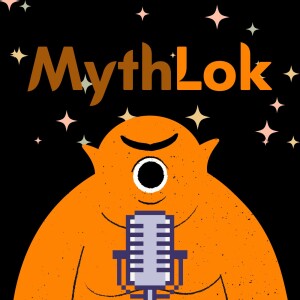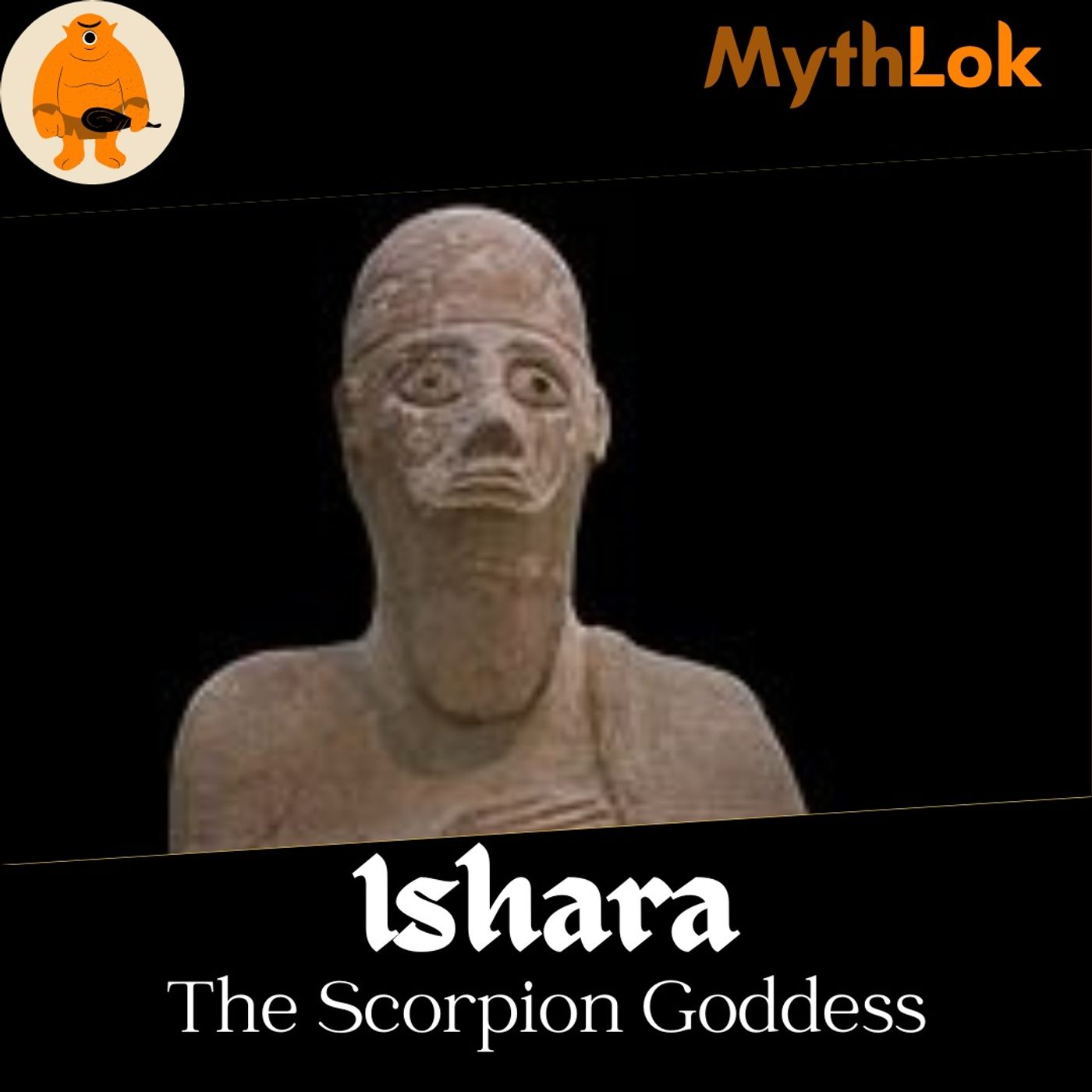
- Podcast Features
-
Monetization
-
Ads Marketplace
Join Ads Marketplace to earn through podcast sponsorships.
-
PodAds
Manage your ads with dynamic ad insertion capability.
-
Apple Podcasts Subscriptions Integration
Monetize with Apple Podcasts Subscriptions via Podbean.
-
Live Streaming
Earn rewards and recurring income from Fan Club membership.
-
Ads Marketplace
- Podbean App
-
Help and Support
-
Help Center
Get the answers and support you need.
-
Podbean Academy
Resources and guides to launch, grow, and monetize podcast.
-
Podbean Blog
Stay updated with the latest podcasting tips and trends.
-
What’s New
Check out our newest and recently released features!
-
Podcasting Smarter
Podcast interviews, best practices, and helpful tips.
-
Help Center
-
Popular Topics
-
How to Start a Podcast
The step-by-step guide to start your own podcast.
-
How to Start a Live Podcast
Create the best live podcast and engage your audience.
-
How to Monetize a Podcast
Tips on making the decision to monetize your podcast.
-
How to Promote Your Podcast
The best ways to get more eyes and ears on your podcast.
-
Podcast Advertising 101
Everything you need to know about podcast advertising.
-
Mobile Podcast Recording Guide
The ultimate guide to recording a podcast on your phone.
-
How to Use Group Recording
Steps to set up and use group recording in the Podbean app.
-
How to Start a Podcast
-
Podcasting
- Podcast Features
-
Monetization
-
Ads Marketplace
Join Ads Marketplace to earn through podcast sponsorships.
-
PodAds
Manage your ads with dynamic ad insertion capability.
-
Apple Podcasts Subscriptions Integration
Monetize with Apple Podcasts Subscriptions via Podbean.
-
Live Streaming
Earn rewards and recurring income from Fan Club membership.
-
Ads Marketplace
- Podbean App
- Advertisers
- Enterprise
- Pricing
-
Resources
-
Help and Support
-
Help Center
Get the answers and support you need.
-
Podbean Academy
Resources and guides to launch, grow, and monetize podcast.
-
Podbean Blog
Stay updated with the latest podcasting tips and trends.
-
What’s New
Check out our newest and recently released features!
-
Podcasting Smarter
Podcast interviews, best practices, and helpful tips.
-
Help Center
-
Popular Topics
-
How to Start a Podcast
The step-by-step guide to start your own podcast.
-
How to Start a Live Podcast
Create the best live podcast and engage your audience.
-
How to Monetize a Podcast
Tips on making the decision to monetize your podcast.
-
How to Promote Your Podcast
The best ways to get more eyes and ears on your podcast.
-
Podcast Advertising 101
Everything you need to know about podcast advertising.
-
Mobile Podcast Recording Guide
The ultimate guide to recording a podcast on your phone.
-
How to Use Group Recording
Steps to set up and use group recording in the Podbean app.
-
How to Start a Podcast
-
Help and Support
- Discover

Mythlok - The Home of Mythology
History

Her cult was able to reach other cities in the Near East, including Ebla. In addition, she was also worshipped in other cities such as Alalakh, Ugarit, and Mari. The worship of Ishara was spread to Mesopotamia through these cities. The Hurrians adopted her after they arrived in Syria, and she eventually made her way to the Hittite Pantheon.
In various areas and time periods, she was given various functions. In Ebla, she was regarded as the family's tutelary deity, but she was also a love goddess. In Mesopotamia, she was associated with various other notable individuals such as Ishtar and Kanisurra. In the Hurrian religion, she was associated with Allani, who was regarded as the queen of the dead. She was also known as a divine guardian of oaths and a goddess of divination.
There is very little information on how the goddess Ishara was represented in her physical form but some records denote warlike features due to her association with weapons. In later periods, when boundary stones were made, Ishara was represented by the scorpion instead of the bashmu. It is not clear why the change occurred, or how it was attributed to her. In Babylonian astronomy, she was also associated with a star known as the Scorpion Star.
More Episodes
 2022-09-19
2022-09-19
 2022-09-15
2022-09-15
 2022-09-14
2022-09-14
 2022-09-12
2022-09-12
 2022-09-09
2022-09-09
 2022-09-08
2022-09-08
 2022-09-07
2022-09-07
 2022-09-06
2022-09-06
 2022-09-05
2022-09-05
 2022-09-02
2022-09-02
 2022-09-01
2022-09-01
 2022-08-31
2022-08-31
 2022-08-30
2022-08-30
 2022-08-26
2022-08-26
 2022-08-25
2022-08-25
 2022-08-24
2022-08-24
 2022-08-19
2022-08-19
 2022-08-18
2022-08-18
 2022-08-16
2022-08-16
 2022-08-15
2022-08-15
Create your
podcast in
minutes
- Full-featured podcast site
- Unlimited storage and bandwidth
- Comprehensive podcast stats
- Distribute to Apple Podcasts, Spotify, and more
- Make money with your podcast
It is Free
- Privacy Policy
- Cookie Policy
- Terms of Use
- Consent Preferences
- Copyright © 2015-2025 Podbean.com



